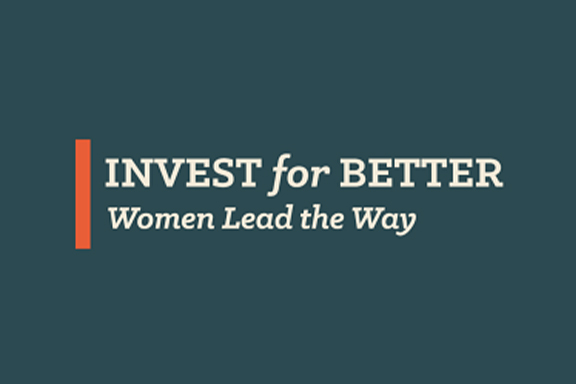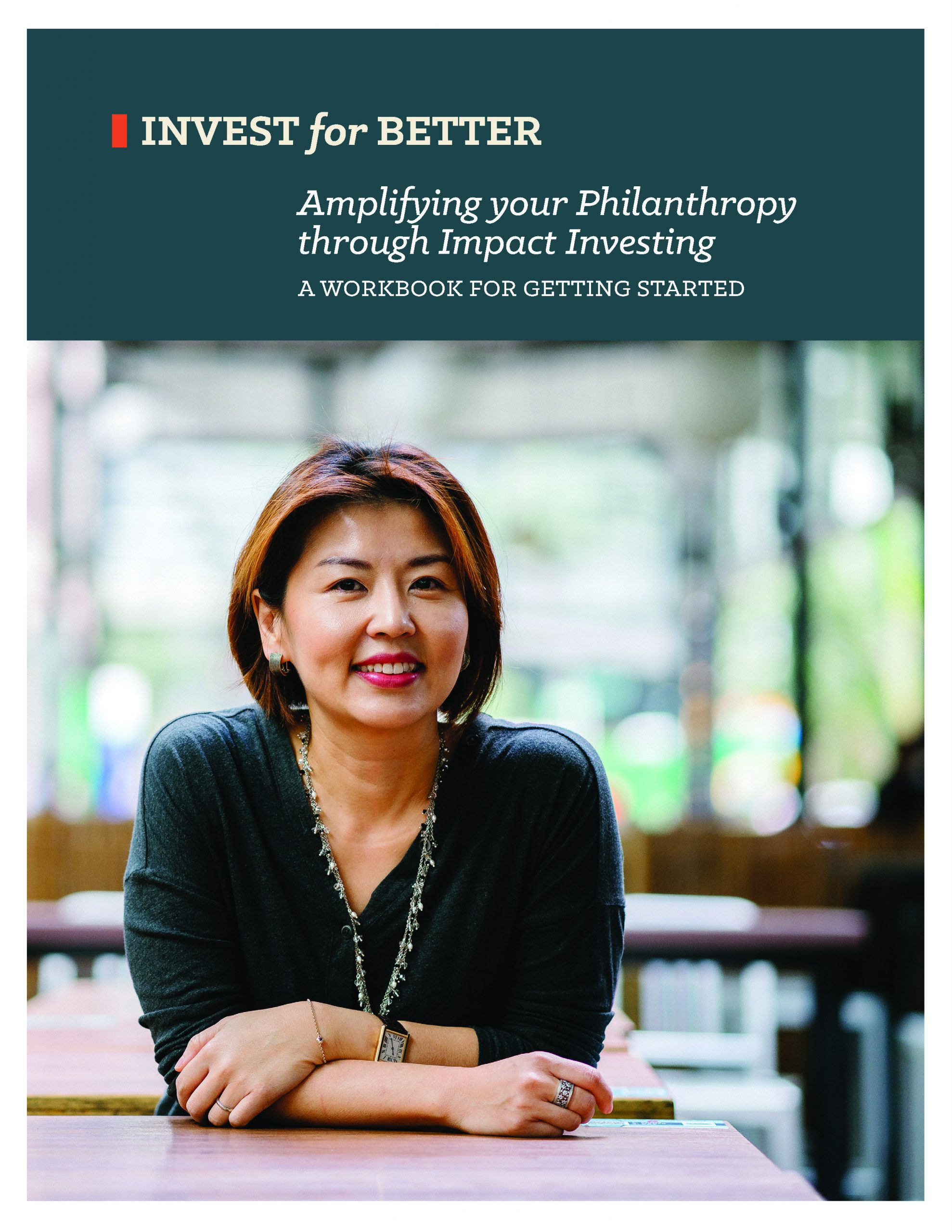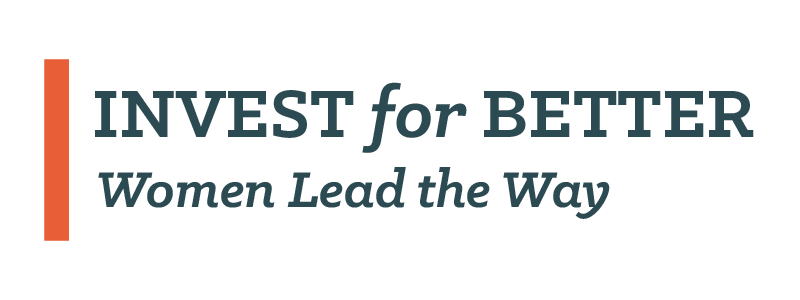
One year ago, we launched Invest for Better, a nonprofit campaign aimed at helping women demystify impact investing, take control of their capital, and mobilize their money for good. A year later, we’re seeing great success with women creating positive social change and taking a lead in developing the impact investing field at large. I recently had the chance to talk with Jen Jope, Editor-in-Chief at Giving Compass about Invest for Better’s first year and what is coming next. For more, read the blog post below.
This post originally appeared on the Giving Compass blog (Jan 9, 2020). Authored by Jen Jope.
Women nationwide are joining forces to become savvy impact investors: Learning together, moving money toward social change, and seizing opportunities to go beyond traditional philanthropy.
And you can join them.
Launched in January 2019, Invest for Better brings together a library of women’s personal impact investing stories and a broad list of resources, including simple action steps and tips for choosing a financial advisor, to help women begin their journey. The goal is to demystify the traditionally male-dominated field of investing and empower women to make decisions about their wealth that are aligned with their values.
“It’s going to behoove us all to get savvier so we understand what is really impactful and what isn’t,” said Ellen Remmer, senior partner at The Philanthropic Initiative (TPI), which oversees Invest for Better. “Women who are already active in philanthropy are the perfect audience to start taking up the mantle of impact investing.”
Invest for Better Circles
According to research by the Women’s Philanthropy Institute, high net worth men and women have nearly the same level of awareness about impact investing, but women are more likely to want to learn about it.
Invest for Better Circles — inspired by the success and popularity of giving circles — are intended to help grow this knowledge by convening small groups of women committed to learning together, taking action, and increasing their impact through investing.
The Circles typically last 12 months and are comprised of women with varied levels of knowledge. Some members have investing backgrounds, but lack a community of women or an understanding of a given impact area. Other participants may have experience in philanthropy, but want to build their personal investing knowledge beyond their work with a financial advisor.
“[I want] people to realize that they don’t have to be experts to actually host a Circle,” Remmer said. “It’s building that community and you can bring experts in.”
A toolkit provides a roadmap for women who want to launch and manage Invest for Better Circles. A year into the initiative, there are Invest for Better Circles in San Francisco, Boston, Colorado, Houston, New York and even Johannesburg, with more to come. While they share the goal of educating and inspiring participants to move investment assets into impact, some Circles focus on addressing local issues, while others aim to address global challenges.
Over the last year, Remmer said interest has grown among Circle participants in using donor-advised funds (DAFs) for impact investing. For women who may not be ready to use their personal investment portfolio yet, a tax-advantaged DAF can act as a tool for experimentation.
“We’re seeing that the DAF sponsors are trying to be more responsive and recognizing that putting the money to work while it’s sitting in a DAF is appealing to a lot of DAF holders,” Remmer said.
While some of the Invest for Better Circles are informally investing together, the intention of most is to help women activate their personal investing based on their goals and interests and feel confident doing so.
Is It Working?
The initial Invest for Better Circles have been successful. According to a survey of Invest for Better Circle participants, 80 percent said they started asking questions and talking about impact investing with their family, friends, and advisors; 60 percent said they moved money. Approximately half of the members in one Circle reported they wanted to continue past the one-year mark, which Invest for Better helped facilitate.
“I’m really looking forward to building a community of these Invest for Better Circles and catalyzing more Circles and connecting them and supporting them,” Remmer said.
Next, Remmer is working on a new tool for women seeking to amplify their philanthropic impact through investing and to “help people think through how their role as investors relates to their role as philanthropists.”
“So many women — I know this from my philanthropy advising practice — don’t really appreciate that their opportunity to shape social and environmental issues through investing is immense,” Remmer said. “It really would give them a lot of power beyond their philanthropy.”
—
Invest for Better is a project of The Philanthropic Initiative (TPI). Visit www.investforbetter.org to learn more, and contact Ellen Remmer to get involved.


